As the U.S. government intensifies immigration enforcement, many leading corporate executives are raising alarms: the resulting labor shortages and regulatory uncertainty may hurt American business more severely than even steep trade tariffs. The message from boardrooms is growing clear — restricting the flow of immigrant labor is no longer just a political issue, but a serious economic threat.
A Shift in Business Priorities: Labor Over Trade
For years, companies have braced for the effects of tariffs and trade wars. But now, several CEOs argue, the deeper risk lies in constricting the workforce itself. With stricter rules, more deportations, and tougher visa regimes, businesses face a shrinking pool of labor — especially in sectors where immigrant participation is indispensable.
One CEO put it starkly: “You can’t tariff your way out of a workforce crisis.” As demand for workers continues to rise, especially in agriculture, construction, hospitality, and technology, the absence of sufficient labor means production delays, higher wages, and compromised competitiveness.
Real Impacts on Key Industries
Agriculture & Food Production
Farm operators are among the most vulnerable. Many rely heavily on seasonal and low-wage workers, most of whom are immigrants. As labor enforcement intensifies, fields lie fallow, fruit and vegetable harvests go unpicked, and costs shoot upward.
Farm groups report that many workers are abandoning jobs for fear of immigration raids or deportation. Without a stable pipeline of labor, producers say they may have to shrink planting acreage, leading to lower supply and higher consumer prices.
Construction & Infrastructure
Construction projects already face tight labor markets. Stricter immigration measures exacerbate the shortage of carpenters, electricians, plumbers, and general laborers. The knock-on effects can delay public works, inflate project costs, and stall development.
In many U.S. metro areas, immigrant workers make up a large fraction of the construction workforce. The crackdown imposes burdens not just in hiring but in compliance and legal risk for contractors.
Hospitality, Food Service, and Retail
Hotels, restaurants, and retailers also feel the squeeze. Lower staffing levels translate to reduced service capacity, longer wait times, and overall strain on operations. Executive turnover and training costs rise, and some businesses may limit operating hours or close locations in high-risk areas.
Beyond operations, consumer demand may also be affected. Immigrant communities make up significant portions of the customer base in many neighborhoods; restrictive policies may dampen spending and foot traffic in these markets.
Tech, Manufacturing & High-Skill Sectors
Although often thought less dependent on immigrant labor, technology and advanced manufacturing firms also warn of risks. Firms with international teams, global R&D, or satellite operations rely on cross-border talent flow. Uncertainty in visa policies and enforcement can hinder recruitment, delay projects, and discourage investment in U.S. operations.
Some CEOs have expressed fear that unpredictable immigration rules will degrade the U.S. as a destination for global talent, pushing engineers and innovators toward more welcoming countries.
The Tariff Contrast: More Visible, More Manageable
Unlike immigration policy, tariffs and trade wars are relatively transparent and predictable. Businesses can plan around tariff schedules, hedge risks, adjust supply chains, or shift sourcing. Tariffs are burdensome but tangible.
Immigration enforcement, by contrast, introduces compounding effects that are harder to hedge: sudden raids; shifting enforcement priorities; legal liability for hiring; workers fleeing their jobs; and broader declines in labor availability. The uncertainty—even on a day-to-day basis—makes planning nearly impossible.
A CEO in the agribusiness sector put it this way: “Tariffs may add cost; immigration crackdowns kill capacity.”
Economic Ripple Effects & Long-Term Risks
The consequences extend beyond individual companies. Some of the broader risks include:
- Inflation pressure: Reduced labor supply means higher wages, which businesses may pass on to consumers. Combined with tariff-induced costs, inflation could accelerate.
- Slower growth: Productivity may slump if firms can’t staff operations or expand. The economic drag from labor shortages may outweigh trade headwinds.
- Weaker competitiveness: U.S. firms may lose ground to foreign competitors not constrained by domestic enforcement.
- Undermined investment climate: Risk-averse investors may scale back U.S. expansion, particularly in labor-intensive industries, opting instead for locations with more stable workforce policies.
- Innovation drain: Restrictions on skilled visas or immigration could deter international talent, hurting sectors that depend on global expertise.
Calls for a Balancing Act in Policy
Business leaders are urging lawmakers to recognize that enforcement cannot come at the expense of economic health. They call for:
- Clear, stable immigration rules — so companies can plan without second-guessing enforcement shifts.
- Workforce solutions — like expanded visa programs, guest worker reforms, or legalization paths — to maintain labor supply in critical sectors.
- Enforcement targeting, not blanket crackdowns — to minimize collateral damage to lawful employers and workers.
- Coordination with industry — to tailor policy in sensitive sectors like agriculture, construction, hospitality, and technology.
Some executives warn that unless immigration reform keeps pace with enforcement, the U.S. may lose not only economic momentum but its ability to compete globally.
The Big Test Ahead
In the balance lies a key question: how long can American business endure in a climate where labor enforcement tightens while globalization demands flexibility? Tariffs are disruptive, but many companies believe they can adapt. Losing workforce capacity, they argue, is far more disruptive.
If the enforced scarcity of labor continues, we may see more abandoned development projects, cut production, reduced exports, and inflationary pressures. The current crackdown could be remembered not just as a political shift — but a turning point in U.S. economic competitiveness.
For many CEOs right now, the message is urgent: tariffs are manageable; a workforce that vanishes is existential.

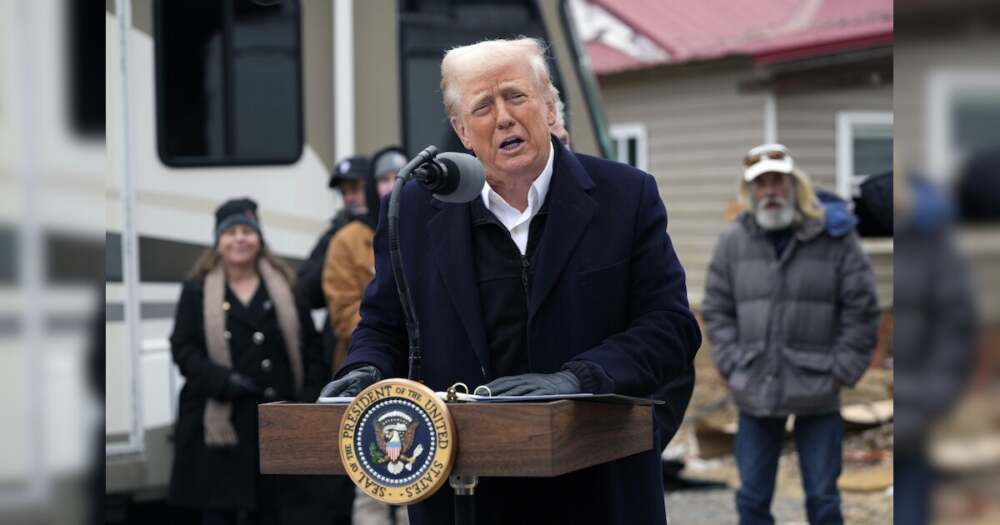
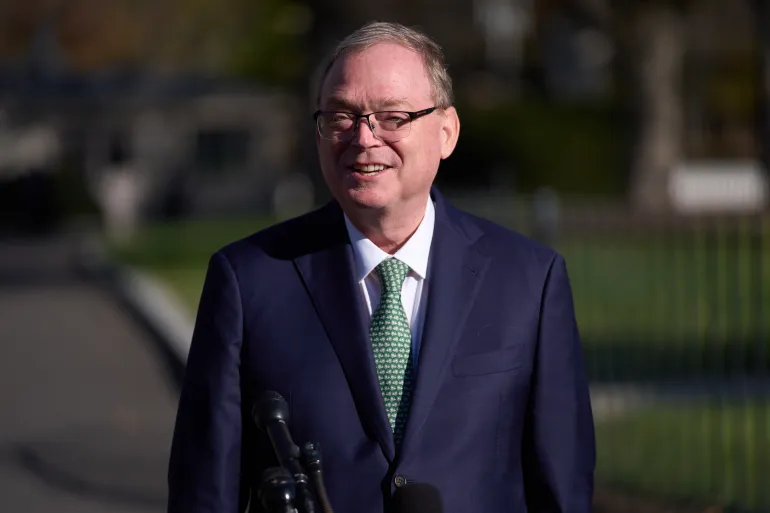

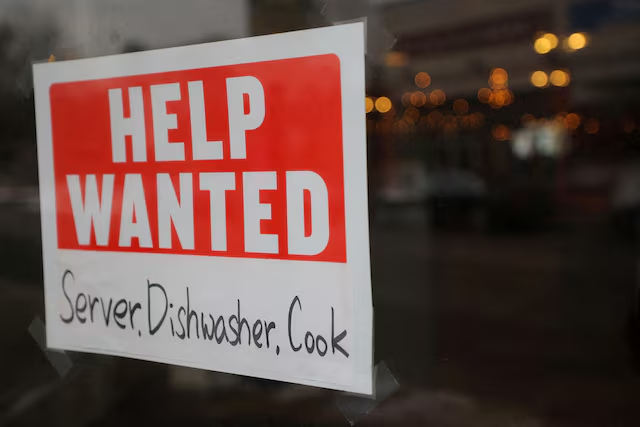
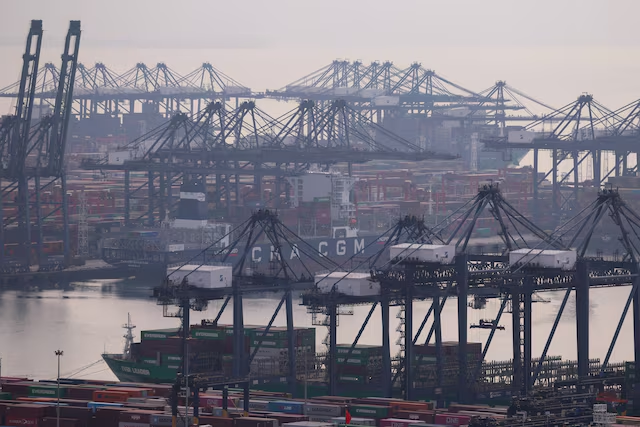
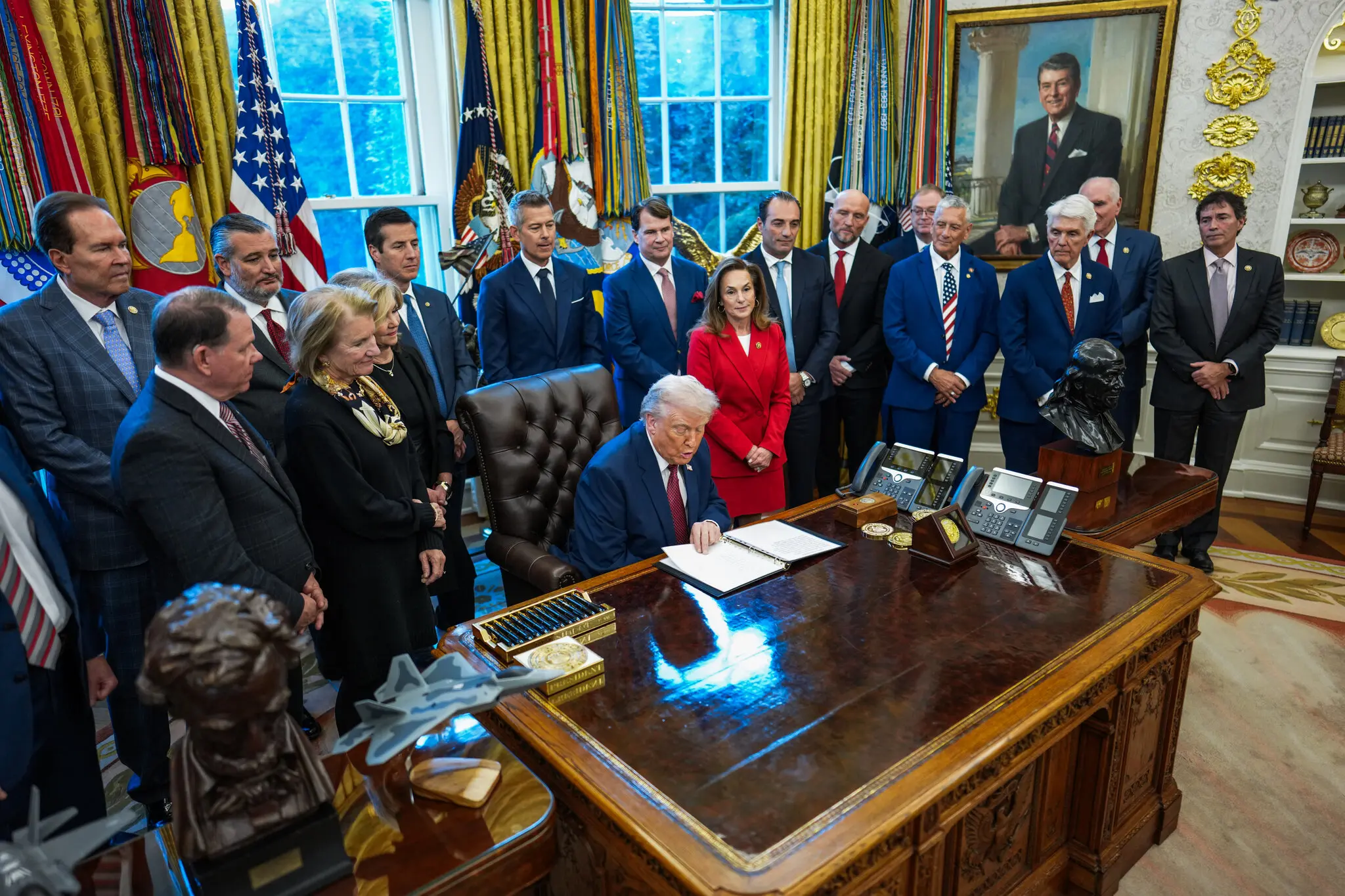
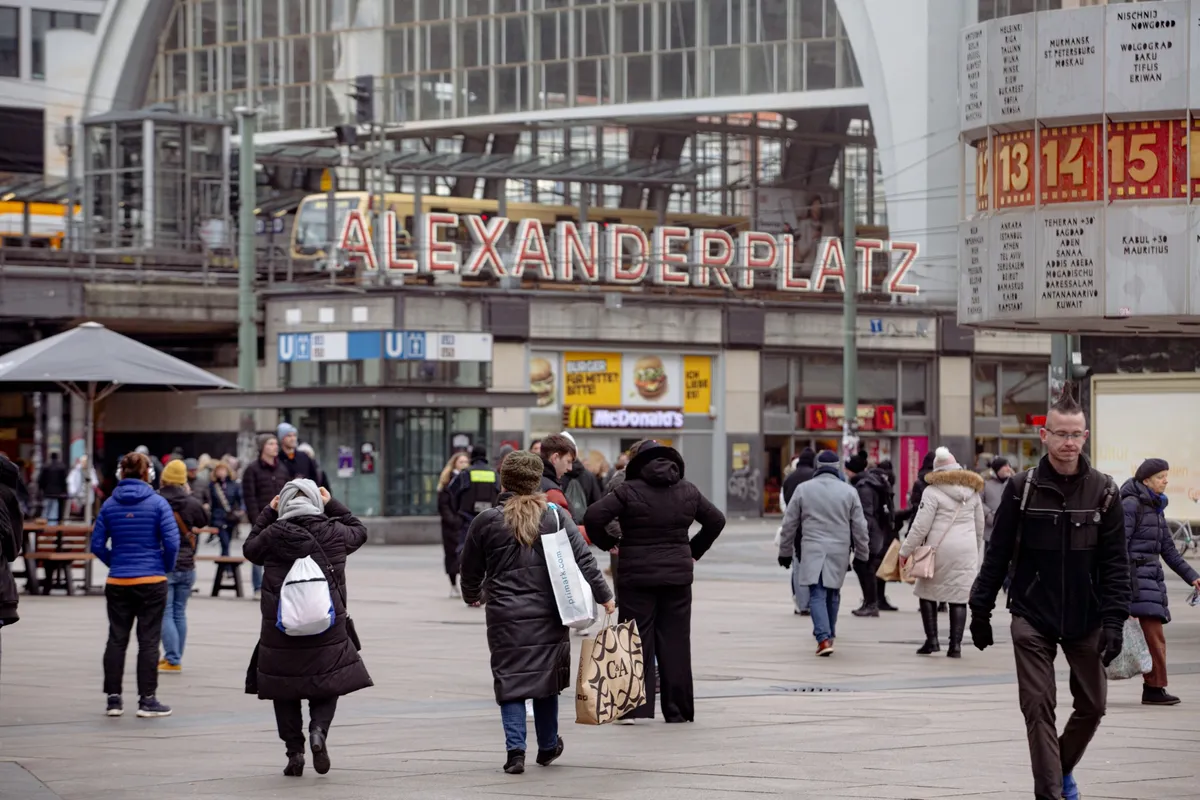
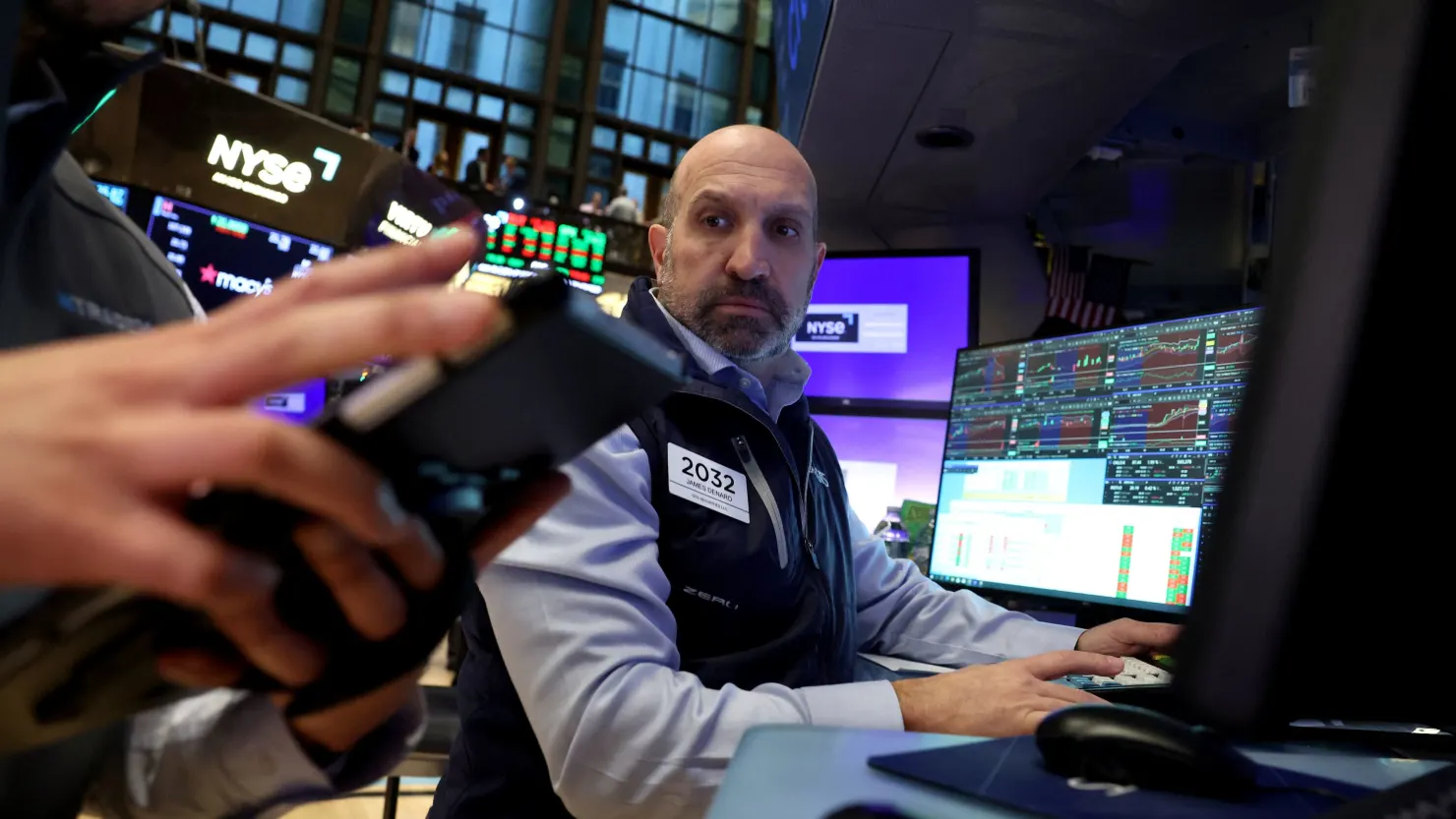
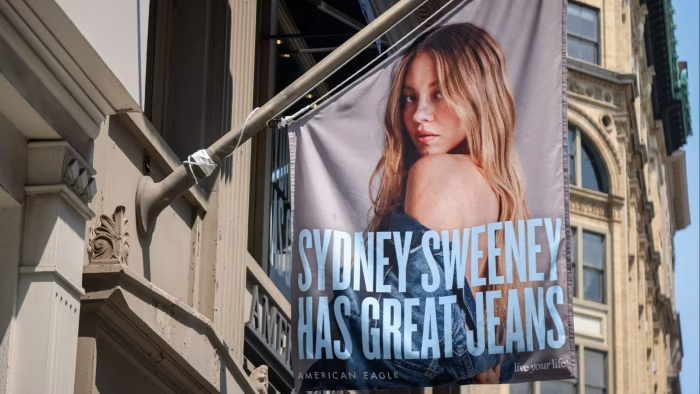
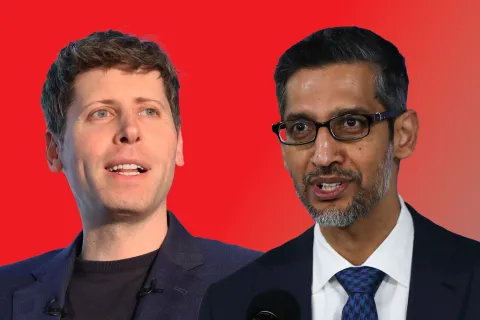
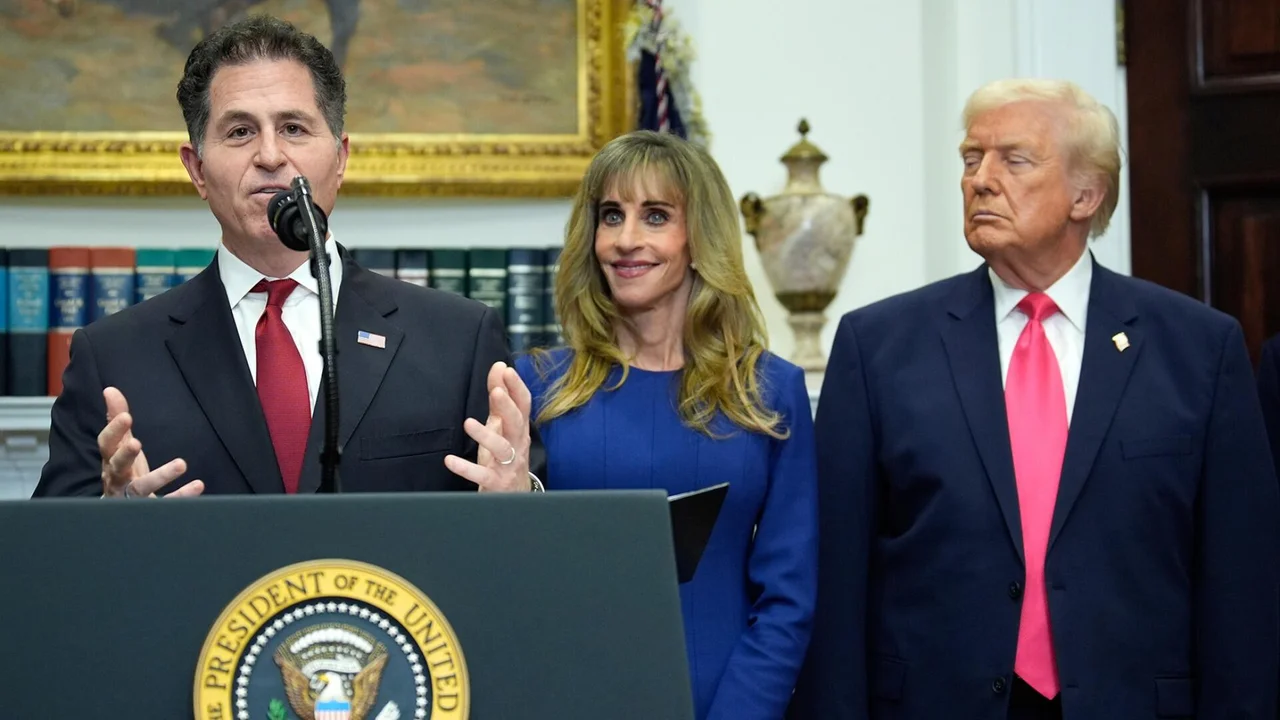




Leave a Reply